





Let’s start a journey that brings your vision to life! 40 hours proof of concept for $2,500. Send your brief →
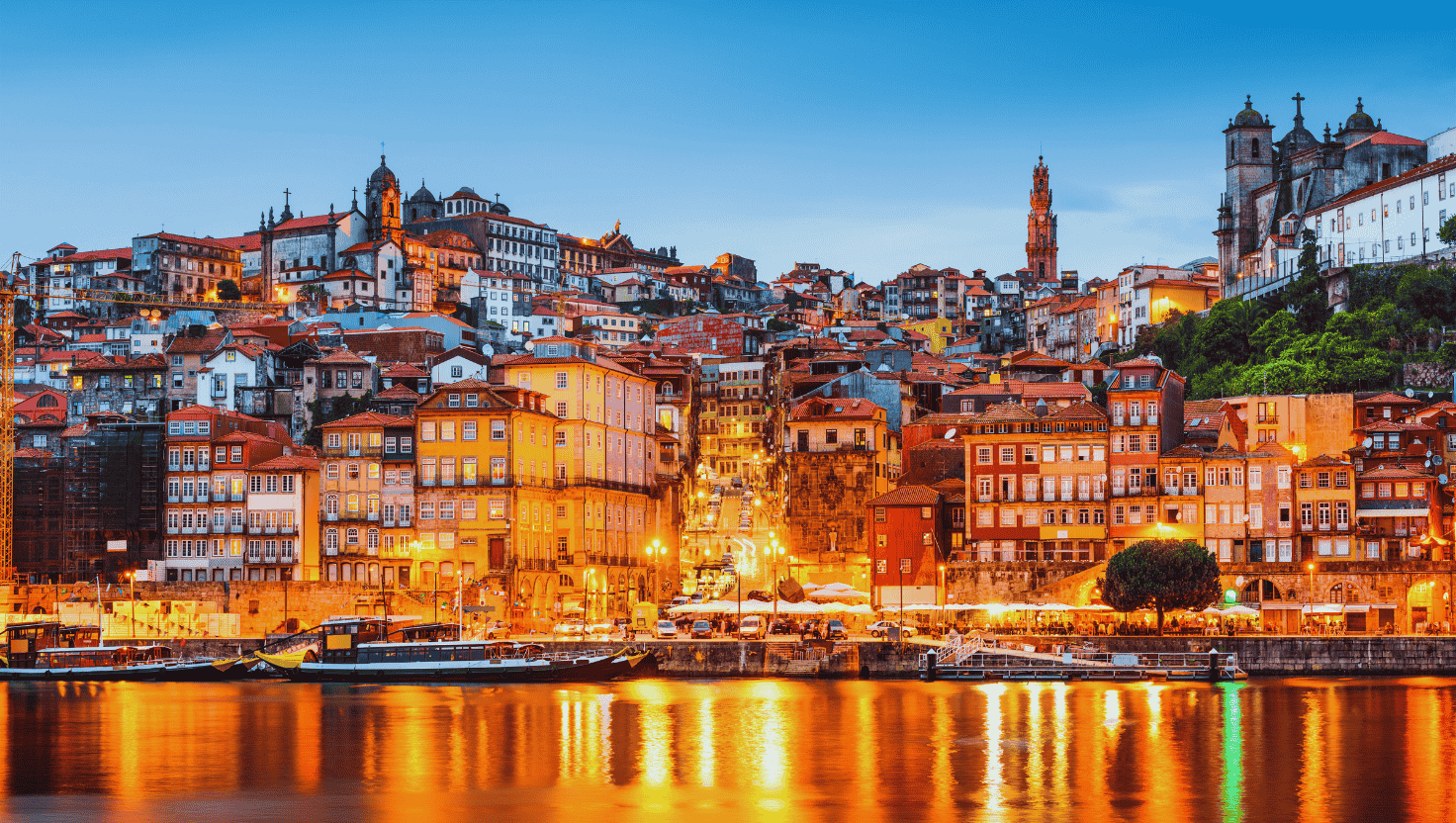
Some cities glitter, and some cities glow. Porto belongs to the latter. Its brilliance isn’t found in neon lights and glass skyscrapers, but in the reflection of the setting sun on the colourful, slightly weathered facades of the Ribeira district, in the golden glint of a glass of aged Port wine, and in the deep blue of thousands of ceramic tiles that tell stories older than we are.
Welcome to Porto, the “Unvanquished City” on the banks of the Douro River, whose soul carries the sweet weight of nostalgia, known only as saudade.
This is not a city for those who rush. This is a city for those who feel. For spontaneous romantics who find beauty in the patina of time, who delight in getting lost in narrow, cobbled streets, and who believe the best itinerary is to have no plan at all. A spontaneous trip to Porto is like opening an old, forgotten bottle of wine—you never know what aromas and stories will greet you, but you know it will be unforgettable.
This guide is your map to the heart of that experience. An invitation to dive into a world where wine, architecture, and music merge into one, creating a city that isn’t just visited, but is felt with every sense. Prepare to fall in love.
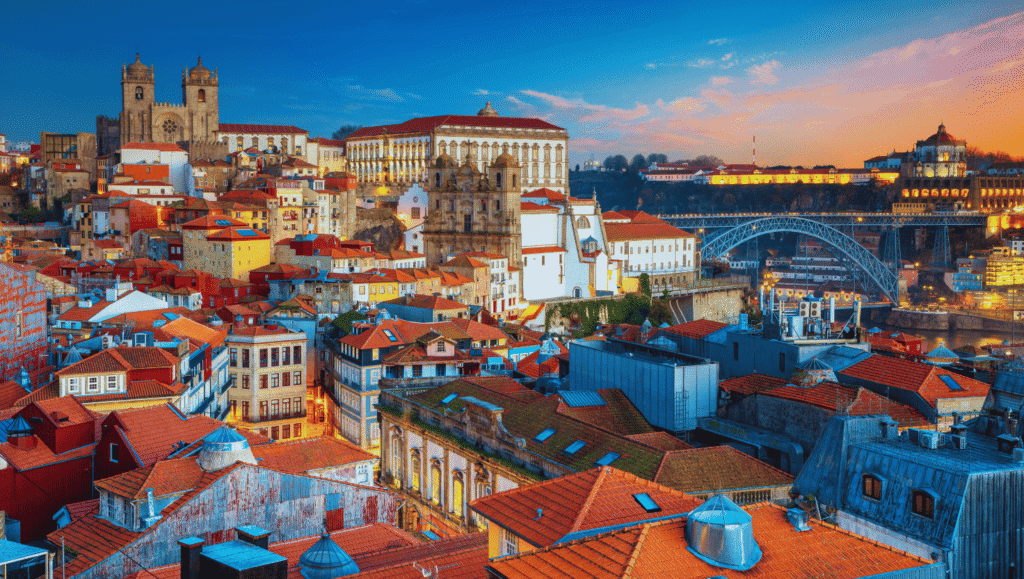
Before you surrender to the city’s charms, a few practical tips will help your romance with Porto flow smoothly.
1. Arrival Porto’s airport (OPO) is modern and exceptionally well-connected to the city center by a direct metro line, making your arrival quick, easy, and inexpensive.
2. Getting Around: Your Feet and a Little Help Porto is a city that begs to be explored on foot. Its historic core is compact, but be prepared—it is very hilly. Comfortable shoes are an absolute necessity.
3. Budget and Currency (Euro) Compared to most Western European cities, Porto is surprisingly affordable. Food, drink, and transport offer outstanding value for money. You can enjoy a glass of world-class Port for just a few euros or have a hearty, delicious lunch at a very reasonable price.
4. Where to Stay?

You can’t say you’ve been to Porto if you haven’t crossed the river.
Across the River to Wine Paradise: Vila Nova de Gaia Ironically, all the famous Port wine cellars are not located in Porto, but in the neighboring city across the river, Vila Nova de Gaia. From its riverbank, you’ll find the most breathtaking view of Ribeira’s colorful facades.
What is Port Wine? A Beginner’s Guide Port is a fortified wine. This means that brandy is added during the fermentation process, which stops it from finishing, leaving the wine with natural sweetness and a higher alcohol content. The essential types you must try are:
A Guide to the Wine Lodges:
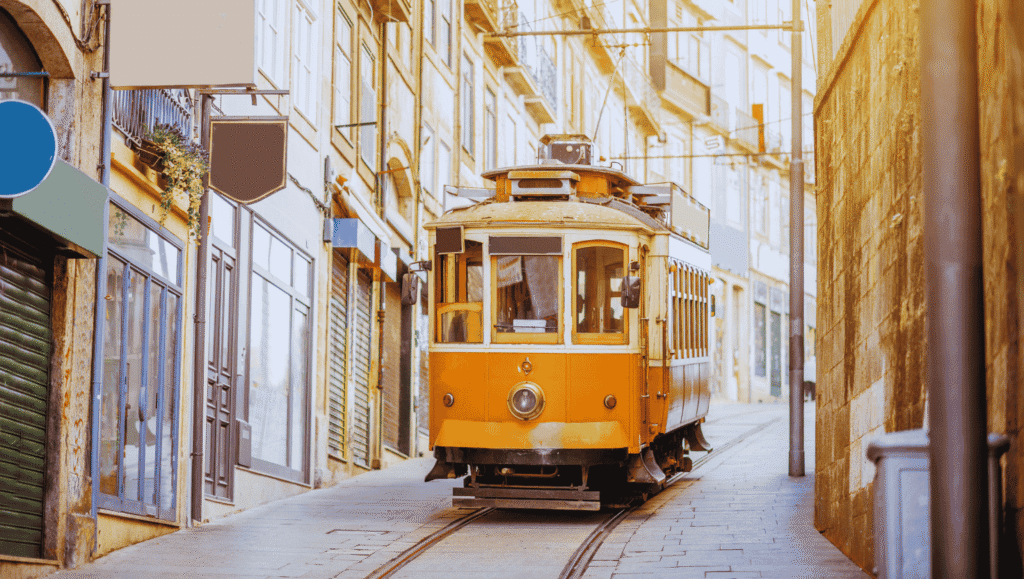
Porto’s visual identity is inextricably linked to its architecture.
Ribeira: The Colorful Heart of Porto This is the soul of the city. A labyrinth of narrow streets and tall, colorful houses leaning against one another, with laundry drying from the windows. By day, it’s bustling with tourists and restaurants; by night, it becomes incredibly romantic. Sit on the quay, watch the traditional rabelo boats on the river, and just soak in the atmosphere.
The Art of Azulejo Tiles The blue and white ceramic tiles, known as azulejos, are a hallmark of Portugal. They are not just decoration; they tell stories of history, religion, and daily life.
Dom Luís I Bridge: The Iron Giant This double-decker metal bridge is the symbol of Porto, designed by a student of Gustave Eiffel. You must walk across the upper level, which is also used by the metro. The 360-degree view of Porto, Gaia, and the Douro River is absolutely unreal, especially at sunset.
Livraria Lello: Magic and Crowds Often named the most beautiful bookstore in the world, its grand wooden staircase and stained-glass ceiling served as inspiration for Hogwarts. Important warning: Due to its immense popularity, the lines are huge. You must buy a voucher online in advance to enter, and it is very crowded inside. Visit if you’re a big fan, but be prepared for the wait.
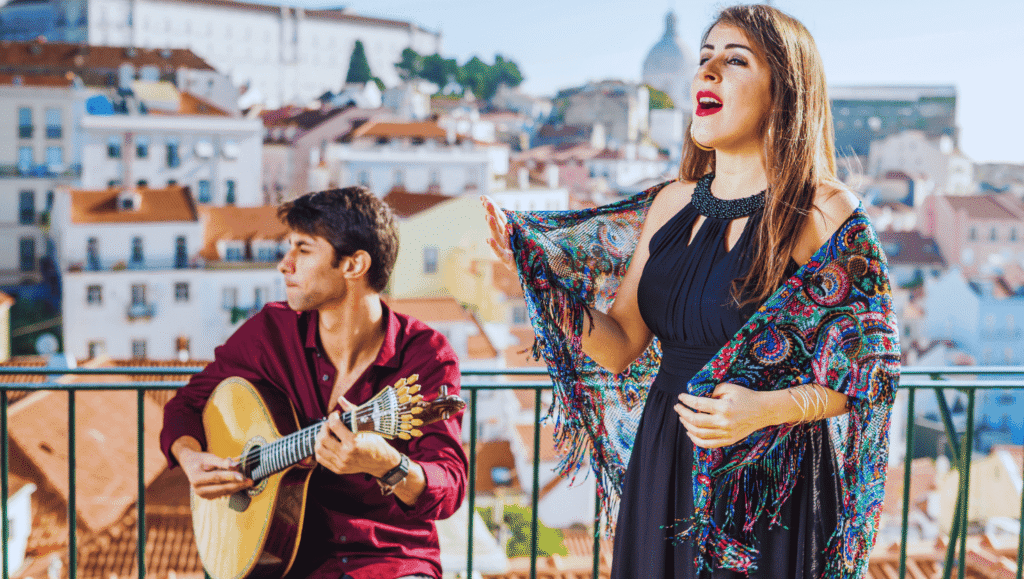
You cannot leave Portugal without feeling the soul of its music.
What is Fado? Fado is a musical genre that cannot be translated, only felt. It is the music of longing, nostalgia, unrequited love, and fate. It is characterized by a solo vocalist (fadista), accompanied by a classical and a 12-string Portuguese guitar.
Where to Listen to Fado in Porto? Authentic Fado is heard in small, intimate spaces. Look for casas de fados in the side streets of Ribeira or Gaia. These are often family-run restaurants where you can have dinner while enjoying a performance. Show respect and remain silent during the songs.


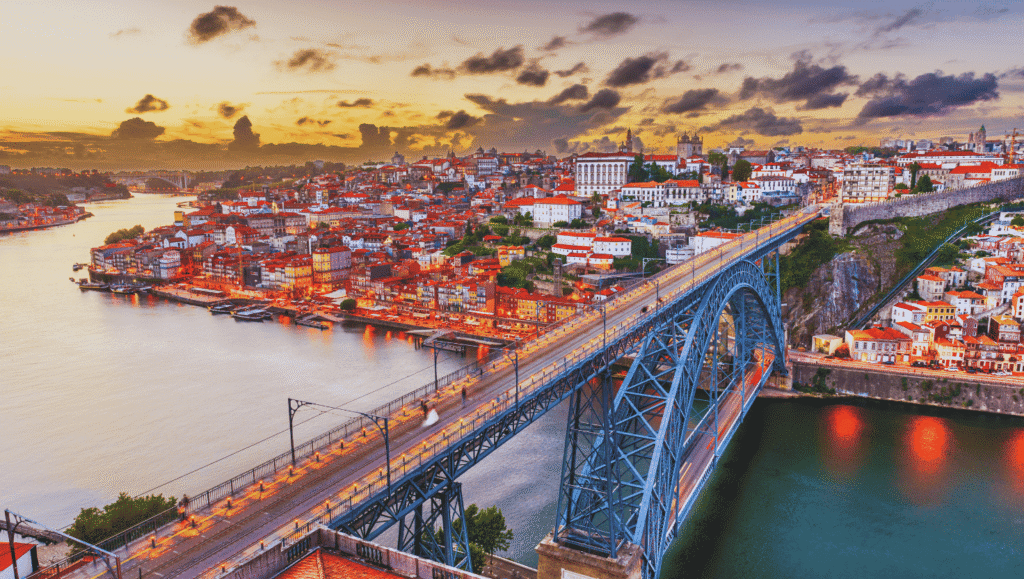
Porto is not a city that leaves you indifferent. It seeps into your pores, seduces you with its slightly decadent beauty, and wins you over with its honest, unfiltered soul. It’s a city where you feel as if you’ve stepped into an old, romantic song—melancholy, but incredibly beautiful.
A spontaneous trip here is the best kind, as it forces you to slow down, to observe, to absorb. You will leave Porto with the taste of Port on your lips, the images of blue tiles in your eyes, and the sound of a Fado guitar in your heart. And you will understand that saudade is not just sadness for something that has passed, but also a sweet longing to return.